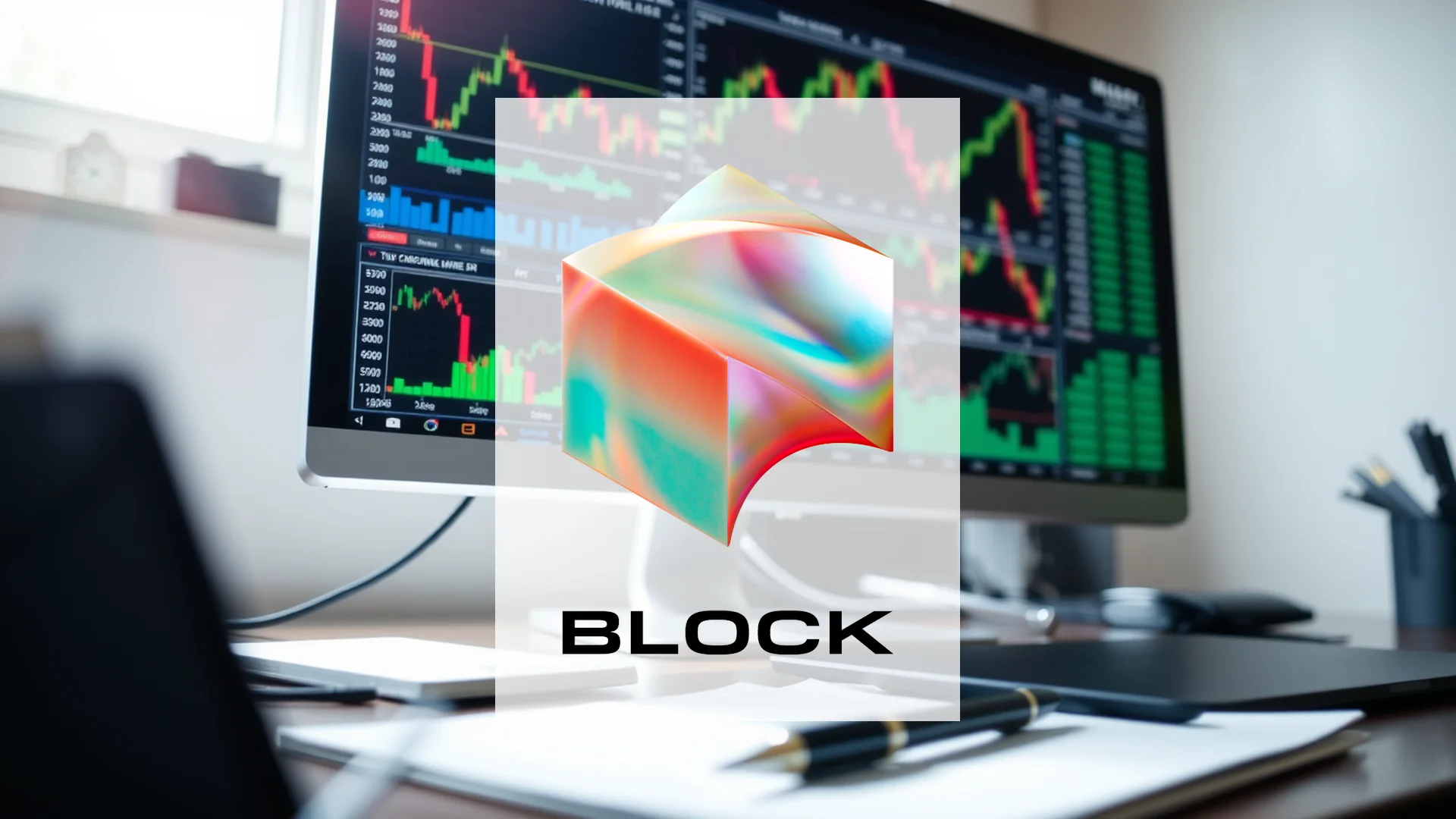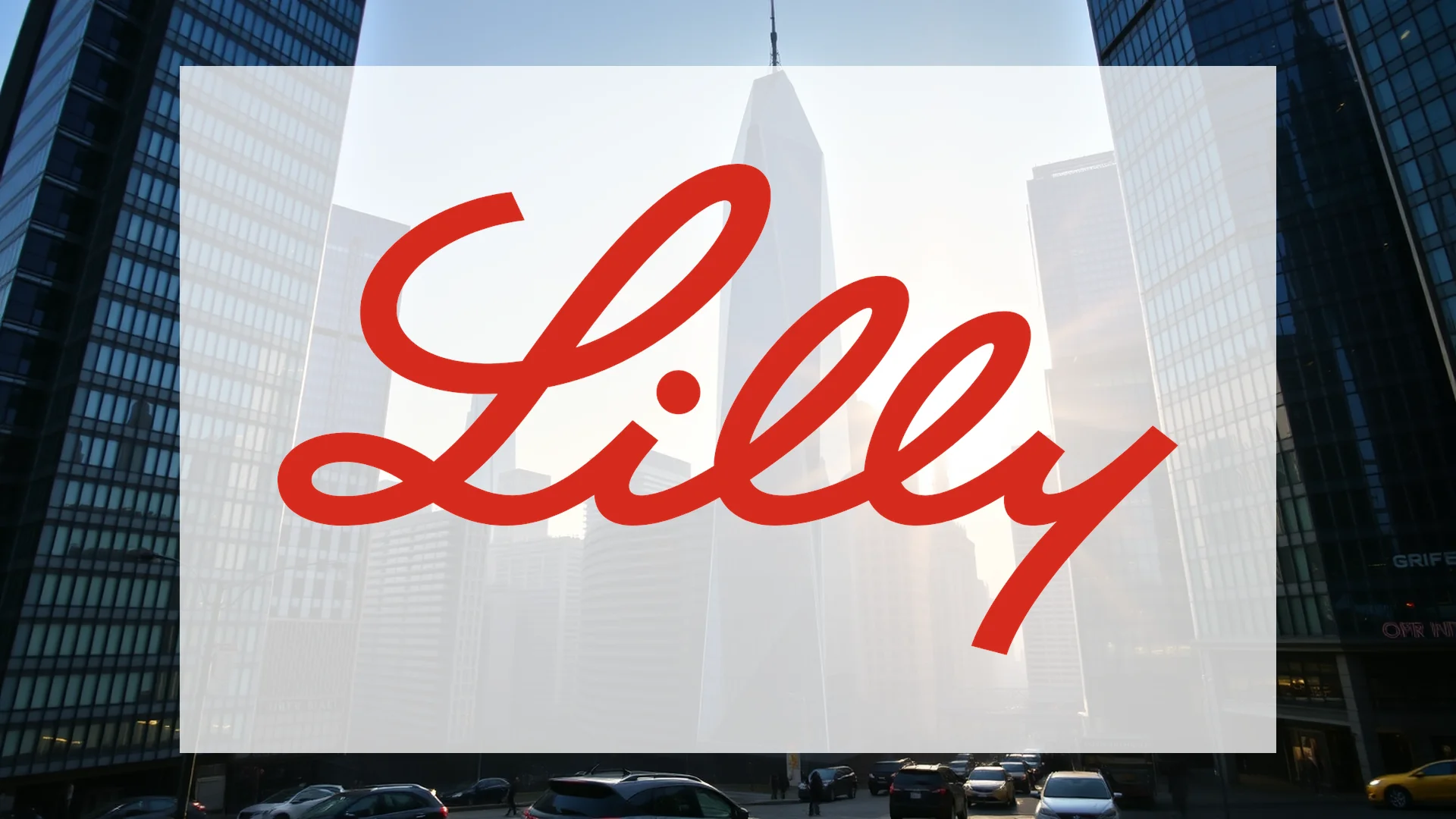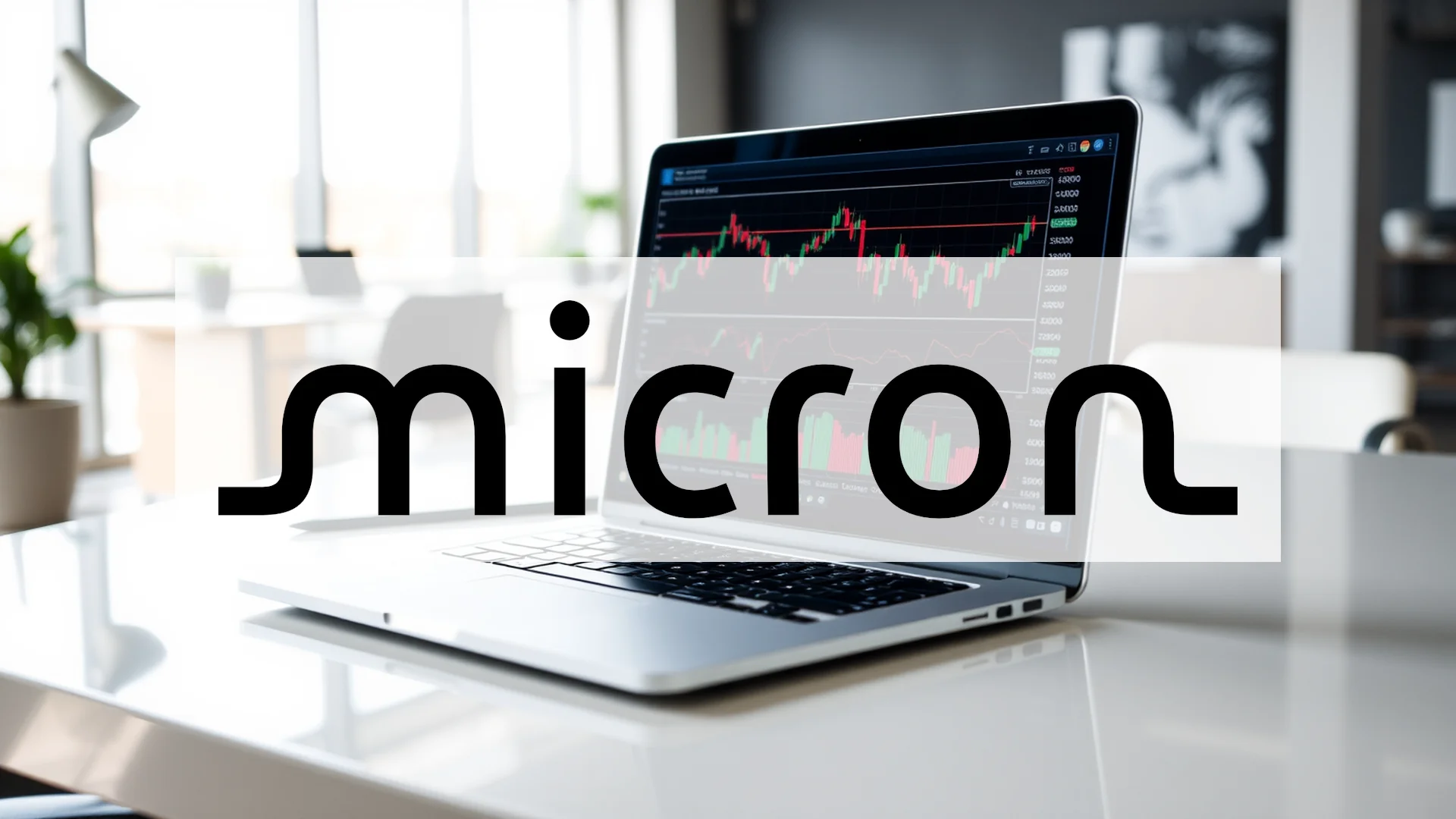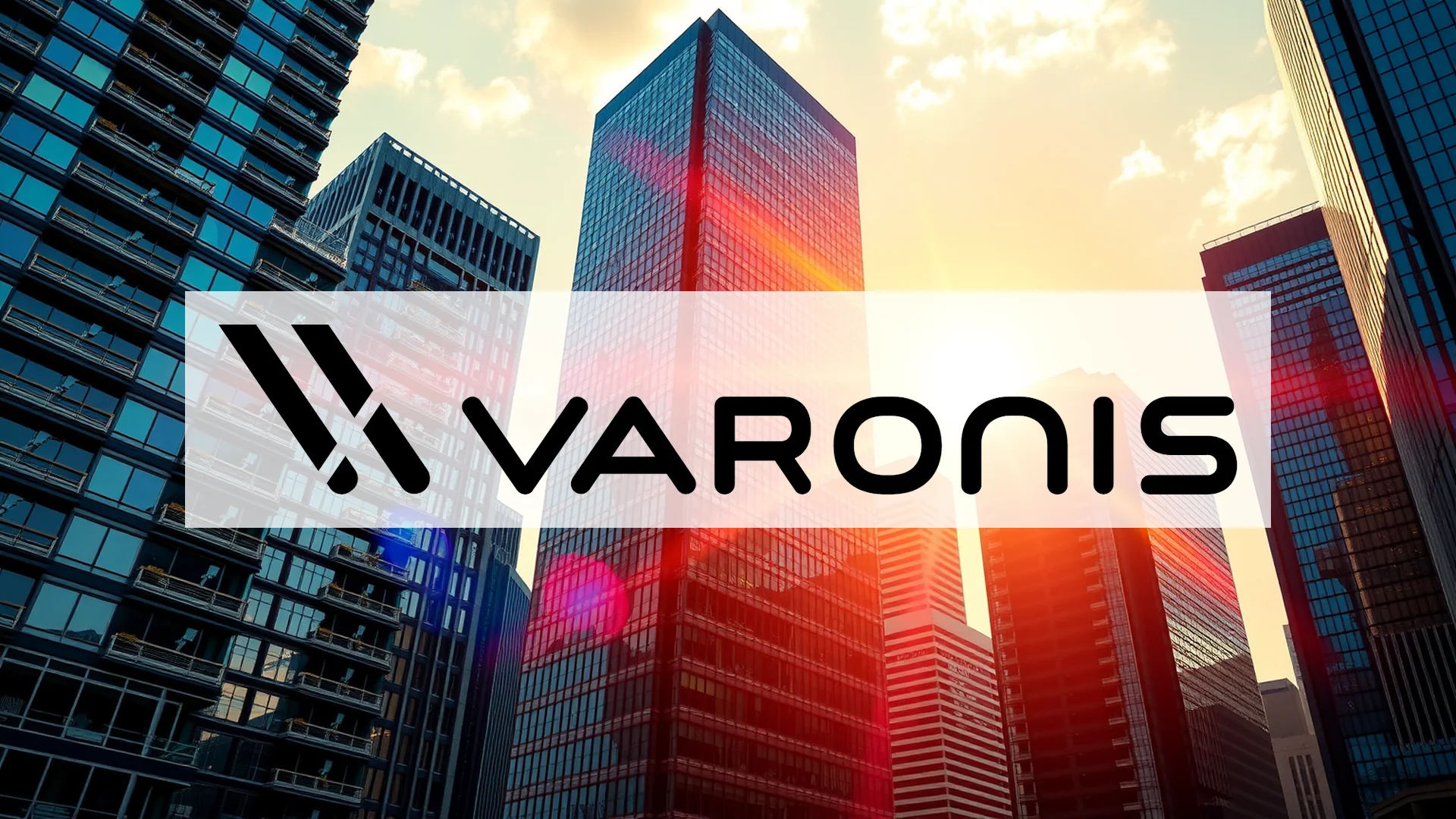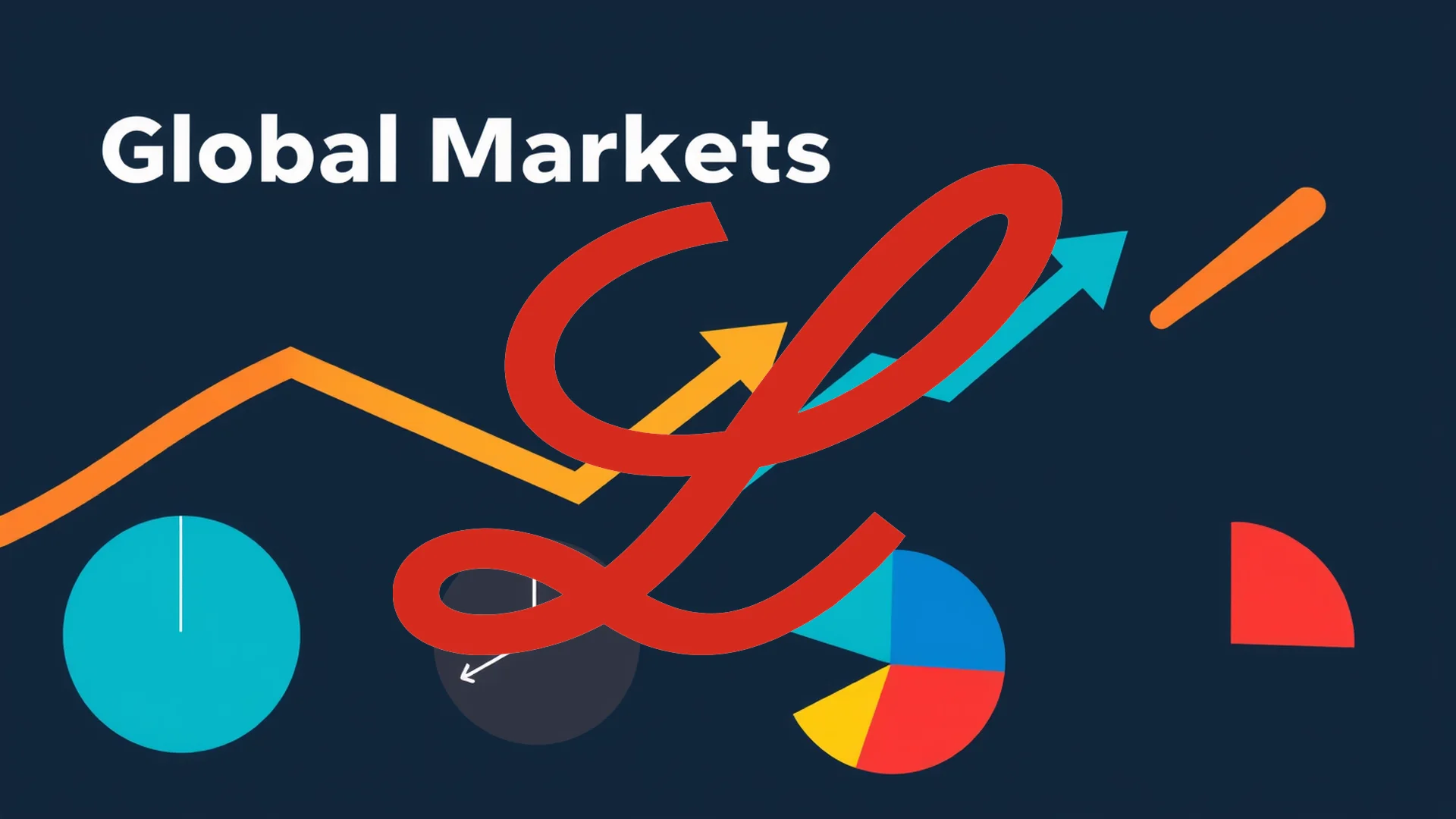The digital payments landscape features two dominant players pursuing fundamentally different paths to success. In one corner stands PayPal Holdings, Inc. (PYPL), the established global leader now sharpening its focus on profitability and efficiency. In the other, Block, Inc. (SQ) continues to prioritize rapid expansion and Bitcoin innovation through its dual-ecosystem approach. This strategic divergence presents investors with a clear choice between disciplined returns and disruptive growth potential.
Strategic Divergence in Business Models
PayPal operates one of the world’s most extensive payment networks, serving hundreds of millions of consumers and merchants through its trusted platform. Beyond its signature checkout button, the company’s ecosystem encompasses Venmo for peer-to-peer transactions, payment processor Braintree, and international transfer service Xoom. Under fresh leadership, PayPal has implemented a clear strategic pivot: prioritizing profitable engagement within its existing user base over growth at any cost. Initiatives like PayPal World aim to connect various global wallet systems, reflecting this refined approach.
Block pursues an entirely different strategy through two largely separate operating ecosystems. Square provides small and medium businesses with comprehensive tools extending well beyond payment processing—including point-of-sale hardware, inventory management, payroll services, and lending solutions. Meanwhile, Cash App serves consumers with an expanding suite of financial services that began as a simple P2P payment platform and has evolved into a multi-functional application offering banking, stock and Bitcoin investing, and short-term credit facilities. This two-pronged approach allows Block to attack the fintech market from both business and consumer angles—a balancing act offering both opportunities and challenges.
Financial Performance Metrics
The financial metrics reveal the strategic trade-offs each company has made. PayPal presents as the more mature, profitable enterprise with consistent earnings and robust cash generation. Its new management team has intensified efforts to improve transaction margins and return capital to shareholders.
Block demonstrates a more volatile but frequently faster-growing financial profile. The company places emphasis on gross profit as its key performance indicator, which it has consistently expanded. Revenue figures can experience distortion from fluctuating Bitcoin transaction volumes. While Block operates profitably, its margins generally trail PayPal’s—reflecting continued heavy investment in product development and customer acquisition.
| Metric | Block Inc. (SQ) | PayPal Holdings, Inc. (PYPL) |
|---|---|---|
| P/E Ratio (TTM) | ~15.7x | ~14.2x |
| Price/Sales (TTM) | ~2.0x | ~2.1x |
| Profit Margin | ~12.4% | ~14.5% |
Recent Strategic Developments
Recent headlines have highlighted PayPal’s strategic capital management initiatives. The company’s sale of $7 billion in “Buy Now, Pay Later” loan receivables to Blue Owl Capital represents a significant balance sheet optimization move. Simultaneously, a $100 million investment targeting Middle Eastern and African markets demonstrates active resource allocation toward growth regions. These announcements align with third-quarter projections anticipating steady transaction margin expansion.
Block’s recent news flow has centered on operational performance. Following strong second-quarter results featuring 14% year-over-year gross profit growth, the company raised its full-year outlook. Market analysts are focusing on Block’s ability to accelerate profit growth during the second half, with third-quarter projections reaching 16%. The company does face regulatory challenges, however, having paid a $40 million penalty in New York earlier this year to resolve compliance issues within its Cash App operations.
Future Growth Trajectories
Under CEO Alex Chriss, PayPal’s strategy focuses on revitalization and optimization. Core priorities include enhancing the competitiveness and profitability of flagship products like its branded checkout experience. Expansion into global payment networks via PayPal World and artificial intelligence partnerships with companies like Google form central pillars of this approach. The company aims to demonstrate that its massive scale can translate into sustainable earnings growth.
Block’s future remains closely tied to the expansion of its dual ecosystems and its strategic Bitcoin position. The company is advancing integration between Square and Cash App while developing new AI-powered tools for merchants. Founder Jack Dorsey’s vision of Bitcoin as the internet’s native currency continues as a central, albeit volatile, component of the long-term strategy.
Opportunity and Risk Assessment
| Block Inc. (SQ) | PayPal Holdings, Inc. (PYPL)
—|—|—
Opportunities | Synergy: Deeper integration between Square merchants and Cash App users. Innovation: Rapid product development cadence and AI service potential for SMBs. Crypto Leadership: Strong positioning for broader Bitcoin adoption. | Scale: Leveraging 400+ million active accounts for new service offerings. Profitability Focus: Renewed emphasis on margin expansion could unlock value. Global Expansion: Strategic investments in emerging growth markets.
Risks | Economic Sensitivity: Significant exposure to small business health. Regulatory Pressure: Increased scrutiny of Cash App and cryptocurrency services. Competition: Intense competitive pressure across both business segments. | Competitive Threats: Challenges from Apple Pay and other digital wallets. Execution Risk: Uncertainty surrounding new strategic initiatives. User Engagement: Need to reverse declining transactions per active account.
Investment Decision: Stability Versus Growth
The PayPal versus Block competition presents investors with two distinct visions for financial services’ future. PayPal represents the established leader now recalibrating for disciplined, profitable growth. Recent strategic moves toward balance sheet optimization and emerging market investments signal a clear new direction. It offers the potentially more stable investment case, built upon a powerful brand, immense scale, and renewed commitment to shareholder value.
Block remains the dynamic challenger, constructed around two growth ecosystems and a bold vision for a more decentralized financial landscape. Its path is characterized by relentless innovation and market disruption—offering potentially higher growth alongside greater volatility and regulatory uncertainty.
The choice for investors doesn’t concern which company is “better,” but rather which investment thesis aligns with their risk tolerance and return expectations. Will you back the powerful, profitable giant recalibrating for a new era? Or the agile innovator building the next generation of financial services from the ground up? The decision will help write a significant chapter in the ongoing evolution of the digital economy.
Ad
Block Stock: Buy or Sell?! New Block Analysis from December 29 delivers the answer:
The latest Block figures speak for themselves: Urgent action needed for Block investors. Is it worth buying or should you sell? Find out what to do now in the current free analysis from December 29.
Block: Buy or sell? Read more here...

